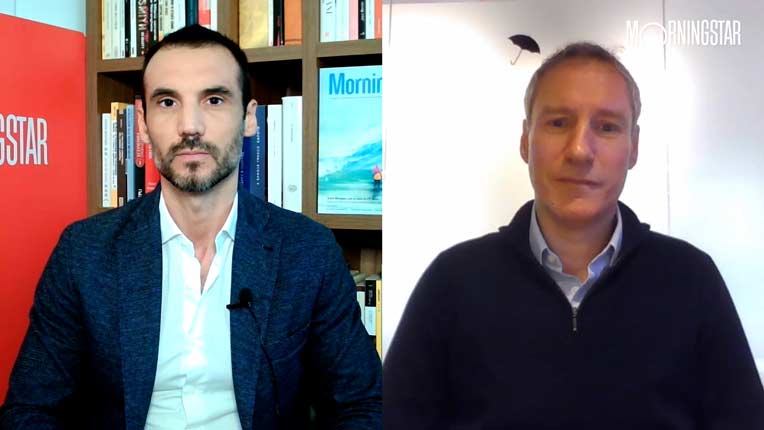Ruth Saldanha: With interest rates low and stocks volatile, a traditional 60-40 equity-bond balanced portfolio might not suit your needs or generate very high returns going ahead. Could it be time to rethink your asset allocation and look for a balanced 2.0 for your portfolio? Perry Teperson, Vice President and Portfolio Manager, at Leith Wheeler is here to talk about that with us today. Perry, thank you so much for being here today.
Perry Teperson: Thanks for inviting me.
Saldanha: So, why are investors looking for alternatives to this 60-40 portfolio right now?
Teperson: So, I think, there's a few factors going on, one of which you identified in your opening statements which is interest rates are at very low points. This is generally leading to investors questioning their bond portfolios and whether they can generate extra return either somehow in the bond markets or in other markets. The other is, I think that memories still linger from the financial crisis when equities had a significant correction. Investors, I think, perhaps maybe they realize it, may they don't. But in a traditional 60-40 balanced portfolio most of the risk in that portfolio comes from the stock portion. And they are looking at ways to potentially adjust, diversify or modify that equity portion looking for other components to bring a similar return over the long-term but with a smoother ride.
Saldanha: So, where are some of the areas that investors could seek this diversification?
Teperson: Generally, what we are seeing certainly on the institutional side of our business is we are seeing a lot of focus on real estate and infrastructure typically in the privately-valued space, rather than through the public markets. There are other areas that are being pursued as well. For example, in the private debt markets or in the mortgages market as well on the fixed income side.
Saldanha: What in your opinion is a good new 2.0 balanced portfolio?
Teperson: I think if we start with the premise that the 60-40 portfolio is roughly the right amount of risk and return for an investor, we are now looking at ways to modify or tweak that 60-40 mix. And generally, we are looking at ways to change the portion that comes from equities, which is the 60% portion or even fund a new investment perhaps partly both from the bond side and from the equity side ultimately leading to a balanced portfolio 2.0 which also looks something like a 60-40 but the individual components are slightly different.
Saldanha: For the 60% equity, what kind of geographic mix do you recommend?
Teperson: We've looked at the markets. Obviously, on the equity side, there's a lot of history. Typically, what you find is that the Canadian markets and the global markets, they are not perfectly correlated. They move slightly out of lockstep with each other. So, that imperfect correlation means it's beneficial to add global equities. We've also found that the Canadian markets historically are a bit more volatile than the global markets, markets being a bit more dependent on areas that are more cyclical in nature. And what that suggests is perhaps a home country bias, a bit less than 50-50, which is where we would have been with balanced 1.0. Balanced 1.0 looked a bit like 40% in bonds, 30% Canadian equity, 30% global equity.
When you run your numbers again and you make some assumption about forward-looking returns, you can quickly convince yourself that the Canadian portion of that 60% should be something more like in the 30% to 40% range rather than 50%. And one of the factors that is perhaps something we think about at Leith Wheeler is, we find there's opportunities over the long-term to add quite a bit of value in the Canadian market. It's a smaller market, perhaps a bit less efficient. When you allow for that value-add, you can get closer to the 50-50, perhaps closer to 40% of the total equity portfolio. That's the equity piece. The other way to reconfigure the 60 is to consider some of these other alternatives like real estate, infrastructure and so on. And generally, I think of it as only worthwhile if you have at least a 5% allocation to a new asset component that you are bringing into your portfolio. Otherwise, it really isn't worth the time and the effort.
Saldanha: Thank you so much for joining us today, Perry.
Teperson: Thanks for having me.
Saldanha: For Morningstar, I'm Ruth Saldanha.




















